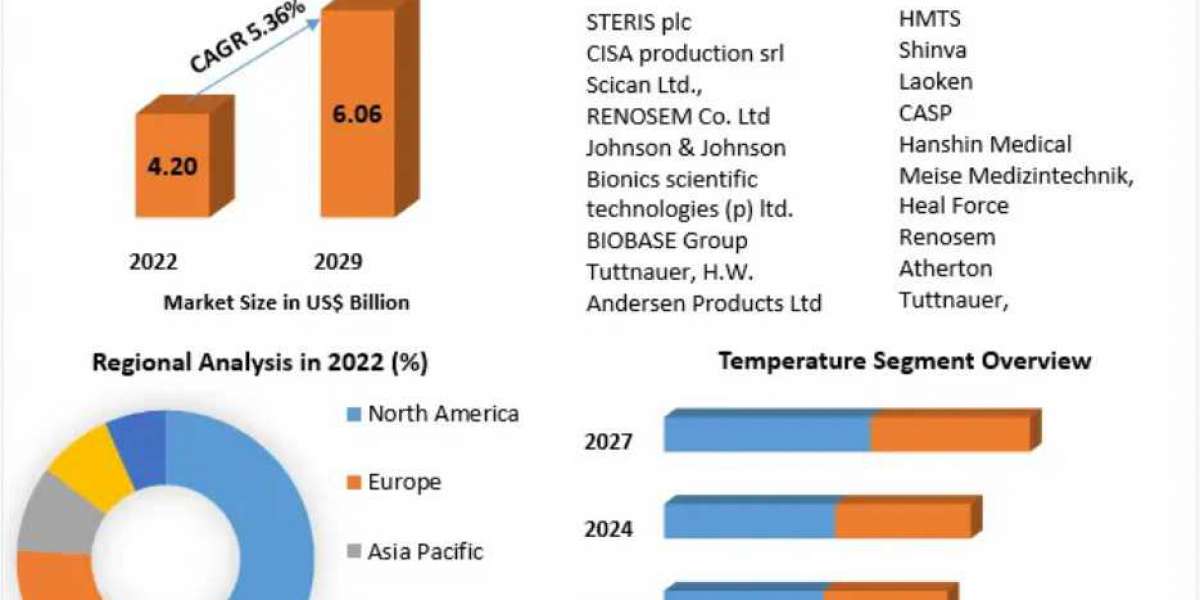In the ever-evolving landscape of data protection, the Digital Personal Data Protection Act (DPDPA) stands as a crucial framework aimed at safeguarding individual privacy in the digital age. However, as legislative frameworks continue to expand, a pertinent question arises: What happens if a clause within the DPDPA conflicts with a provision in another concurrently enforced law? This article delves into the intricacies of such conflicts, examining potential scenarios and the mechanisms to address them.

Harmonising Clashing Provisions
The Digital Personal Data Protection Act (DPDPA) represents a significant milestone in the realm of data privacy. Its comprehensive approach seeks to balance the free flow of information with the imperative to protect personal data from misuse. Nevertheless, as laws multiply and intersect, instances may arise where a clause in the DPDPA is at odds with a clause in another legislation.
Consider a hypothetical scenario where a clause in the DPDPA grants individuals the right to request the deletion of their personal data from databases, while another clause in a separate law mandates the retention of certain data for a specified period. In such a case, a conflict emerges. To address this, legal experts and policymakers must embark on a process of harmonisation.
Resolving Conflicts: The Legal Landscape
When two legal provisions from different laws conflict, legal systems often employ various approaches to reconcile these discrepancies. One approach involves prioritizing the more specific provision over the general one. In our scenario, if the DPDPA contains specific clauses regarding data deletion, those would take precedence over the general data retention clauses in the other legislation.
Alternatively, legislatures might opt for the chronological approach, wherein the provision that was enacted later holds sway. This approach ensures that the most recent legislative intent prevails. However, in the context of data protection, where privacy is paramount, this approach might not always be suitable. Privacy rights granted by the DPDPA could inadvertently be subjugated by a later but broader law.
The Role of Judicial Interpretation
Courts play a pivotal role in resolving conflicts between legislative clauses. Judges, when faced with clashing provisions, engage in a process of statutory interpretation to ascertain the lawmakers’ intent. They analyse the language, context, and purpose of both clauses to arrive at an interpretation that upholds the principles of both legislations as much as possible.
Returning to our hypothetical scenario, if the conflicting clauses pertain to data retention and deletion, respectively, the court might lean towards protecting the individual’s privacy rights while considering the necessity of data retention for specific purposes. This interpretation ensures a balanced approach that respects both the DPDPA’s privacy-centric framework and the objectives of the other legislation.
Legislative Amendments and Revisions
In instances of irreconcilable conflicts, legislators might take the initiative to amend or revise the conflicting provisions. This approach involves a deliberative process wherein lawmakers scrutinise the intentions of both laws and the implications of their amendments. Such revisions could lead to the harmonisation of seemingly contradictory clauses, preserving the essence of both laws without compromising their integrity.
Conclusion
The Digital Personal Data Protection Act (DPDPA) has ushered in a new era of privacy rights and data protection. However, as laws continue to intersect and evolve, the potential for conflicts between the DPDPA and other legislations is a challenge that cannot be ignored. Addressing such conflicts requires a multifaceted approach, encompassing judicial interpretation, harmonisation, and potential legislative amendments.
As technology advances and societal needs evolve, the ability to resolve these conflicts becomes paramount. Striking a balance between safeguarding personal data and accommodating legitimate societal interests will continue to shape the legal landscape. The resilience of the DPDPA lies not only in its original framework but also in its adaptability to navigate the complexities of a legal environment where conflicts are inevitable.








